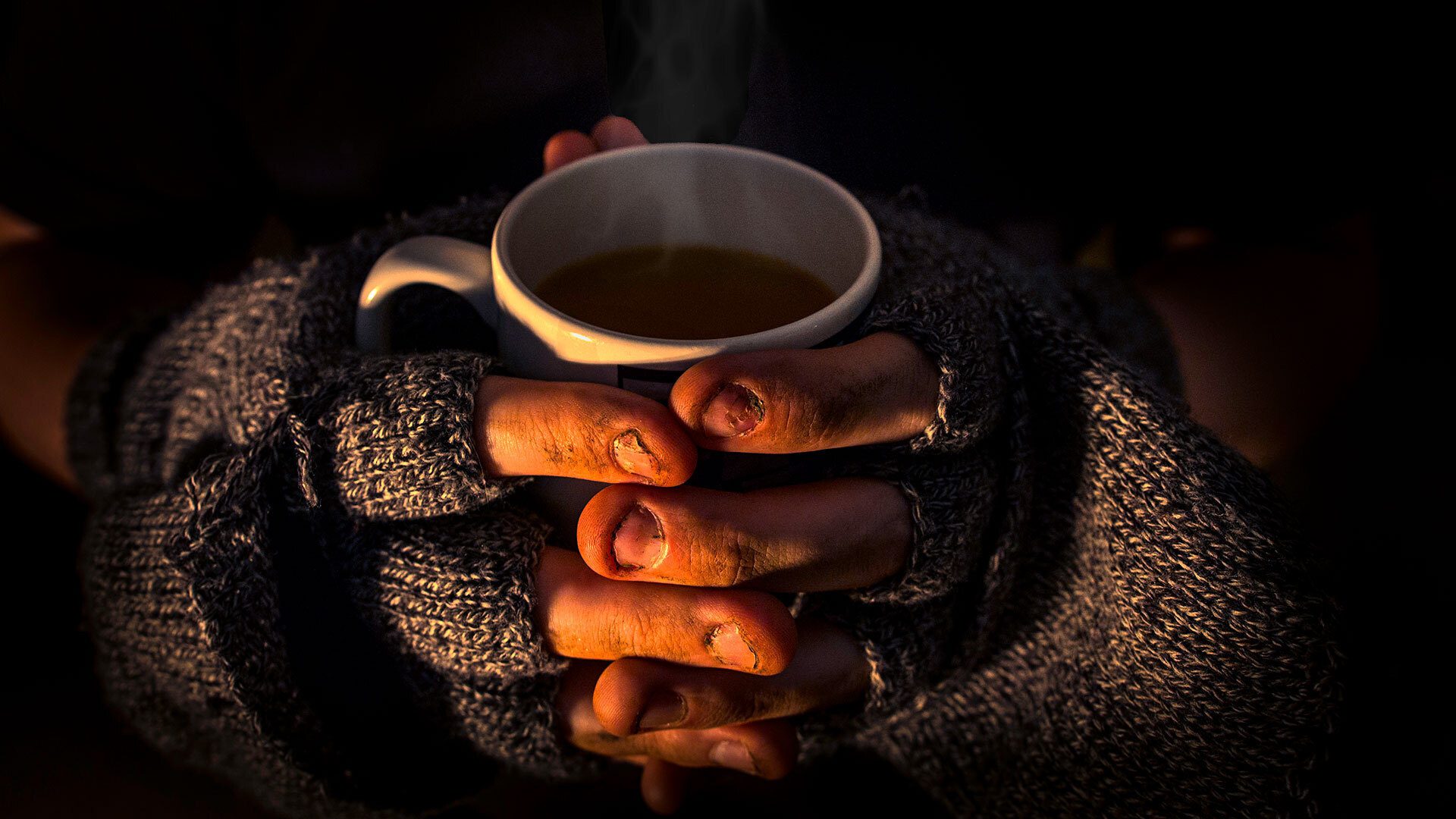- March 12, 2019
- By Liam Farrell
The original story played out like an urban nightmare: A woman rolls down her window to help a Baltimore panhandler who appears to be holding a baby, when a man tries to steal her purse and stabs her to death in the ensuing struggle.
The news rocketed around the Internet, with Baltimore’s homeless describing a steep decline in generosity and Oprah Winfrey tweeting that she would think twice before giving money to panhandlers again.
But the story of that December night fell apart earlier this week when police said the panhandler tale was a ruse concocted by Jacquelyn Smith’s husband and stepdaughter, now charged with her murder.
“Oftentimes, we have these negative depictions of our city,” Baltimore State’s Attorney Marilyn Mosby said at a news conference, “and it’s rather unfortunate when people take advantage of these negative perceptions.”
Against that background, Reeve Vanneman, a UMD sociology professor who teaches a course on homelessness, recently shared some perspective about homeless people and panhandlers with Maryland Today.
- Most homeless people don’t panhandle: With everything from bad weather and verbal abuse to the psychic toll of being constantly ignored, panhandling is difficult work, Vanneman said. “Homeless people are having a hard enough time as it is,” he said. “The additional burden of having to panhandle could make life unbearable.”
- Housing prices are to blame: While homelessness is attributed to everything from drug use to a shortage of mental health facilities, Vanneman said rising housing costs are the biggest factor. The combination of increasing poverty with urban renewal projects tearing down low-income homes caused a crisis in the 1980s. “All the places that poor people used to live were gone,” he said.
- The situation has gotten better: Between 2007 and 2017, homelessness declined by 14 percent nationally and, after a spike during the recession, by nearly 25 percent in Maryland, according to the National Alliance to End Homelessness. Vanneman attributed it to a “revolution” in treatment: Instead of trying to fix an underlying problem like addiction before putting a person in a permanent home, government and nonprofit groups have switched to a “housing first” approach in the last decade, he said. “It’s been much more successful.”
- But improvement isn’t across the board: Overheated real estate markets, like Seattle (which saw homelessness rise more than 40 percent in just two years), will continue to have problems, Vanneman said. “If middle-income people are having a problem finding a place, then many lower-income people just won’t find a place,” he said. “Rising prices and stagnant wages aren’t easy problems to solve. If we had an answer to that, we’d all be a lot better.”
Topics
Research